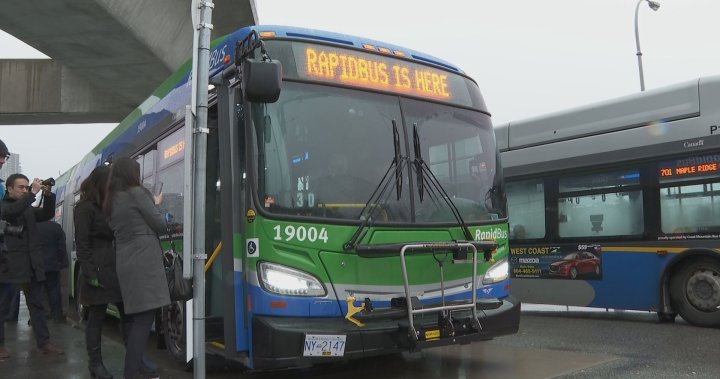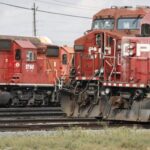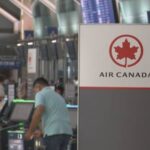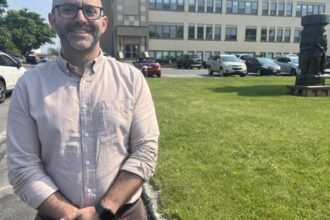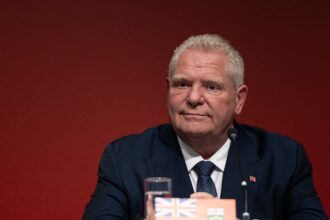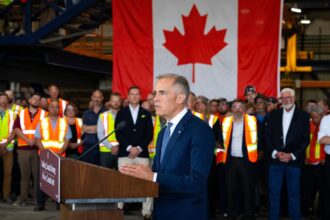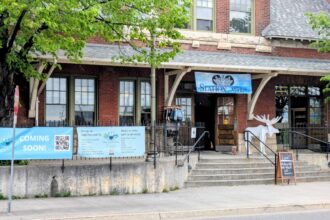Metro Vancouver’s ambitious transit expansion plans have received the green light after regional mayors approved a crucial funding package that will inject $261 million into TransLink’s operations over the next three years. The decision, finalized yesterday during a tense Mayors’ Council meeting, ends months of uncertainty and represents a pivotal moment for the region’s growing transportation needs.
“This isn’t just about maintaining service—it’s about ensuring Metro Vancouver can continue to grow sustainably,” said Brad West, Mayor of Port Coquitlam and Chair of the TransLink Mayors’ Council. “These investments directly impact residents’ quality of life, economic opportunities, and our climate goals.”
The approved funding addresses an impending financial cliff that threatened to derail planned service expansions and potentially lead to service reductions across the system. TransLink had warned that without additional funding, the agency would face significant operational constraints as ridership continues to rebound following pandemic-era lows.
The package includes targeted property tax increases averaging $30 per household annually, modest fare adjustments, and a realignment of development cost charges—a carefully balanced approach that distributes costs across multiple revenue streams rather than placing the burden solely on transit users.
For regular commuters, the immediate impact will be noticeable. The funding secures planned bus service expansions that will add approximately 500,000 annual service hours across high-demand routes, particularly in rapidly growing communities like Surrey, Langley, and Coquitlam. The financing also ensures the continued development of the Surrey-Langley SkyTrain extension, a project many regional planners view as essential for managing growth in Metro Vancouver’s fastest-expanding municipalities.
However, the path to approval wasn’t without controversy. Several mayors, including those from Burnaby and Delta, expressed concerns about increasing property tax burdens on residents already struggling with affordability issues. The final vote reflected these tensions, passing with a slim majority after heated debate about taxation fairness and regional equity.
“We recognize that any increase in costs impacts families differently,” acknowledged New Westminster Mayor Patrick Johnstone, who voted in favor of the package. “But the alternative—cutting service when demand is growing—would have more severe consequences for those same residents who depend on reliable transit to access work, education, and essential services.”
Transit advocates celebrated the decision as necessary but insufficient for addressing the region’s long-term transportation challenges. Better Transit BC spokesperson Marie Wong noted that “this three-year solution buys critical time, but permanent, predictable funding mechanisms are still needed if we’re serious about building a world-class transit system.”
The approved package represents only part of TransLink’s broader 10-year investment plan. Regional leaders continue to negotiate with provincial and federal counterparts for additional infrastructure funding that would enable larger capital projects, including future SkyTrain extensions and rapid transit corridors across the region.
For daily commuters, these investments promise both immediate and long-term benefits: reduced waiting times, decreased overcrowding on popular routes, and expanded service hours that better accommodate shift workers and evening travelers. TransLink officials confirm that service enhancements will begin rolling out as early as September 2024, with the full expansion completed by late 2026.
Transportation economists point to the ripple effects of these investments beyond mere convenience. “Reliable transit expansion generates economic returns many times the initial investment,” explains Dr. Eleanor Harper, urban economics professor at Simon Fraser University. “Every dollar spent on transit infrastructure typically returns $3-4 in economic benefits through reduced congestion, improved labor market access, and lower transportation costs for businesses.”
As Metro Vancouver’s population continues to grow by approximately 35,000 people annually, the question remains whether these incremental funding solutions will keep pace with mounting demands on the region’s transportation network. Can our current governance model deliver the transformative investments needed, or is a more fundamental rethinking of how we fund and manage public transit required for truly sustainable urban mobility?

